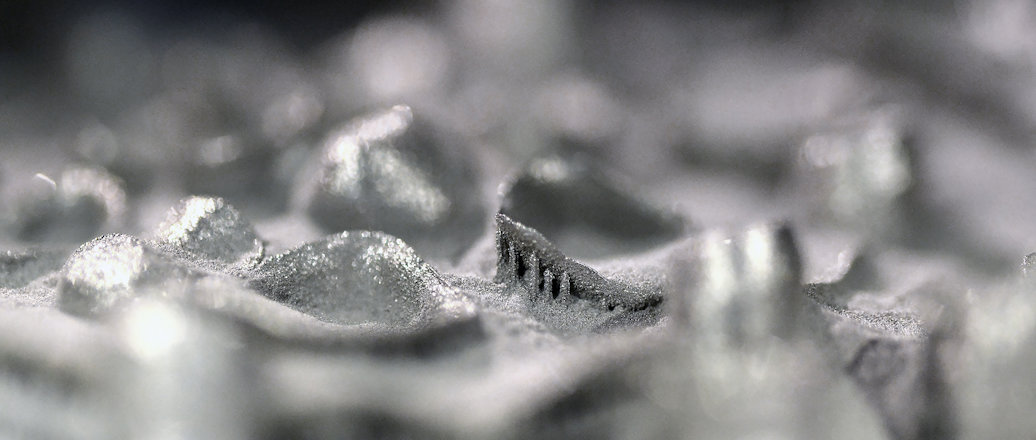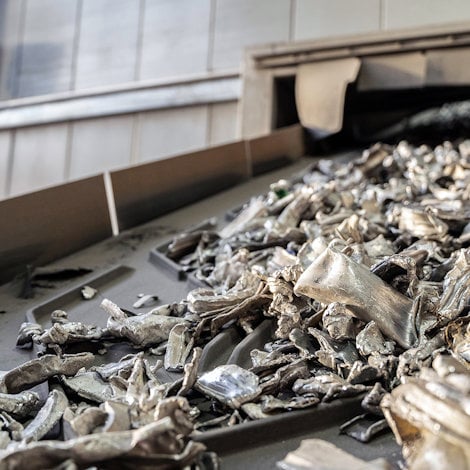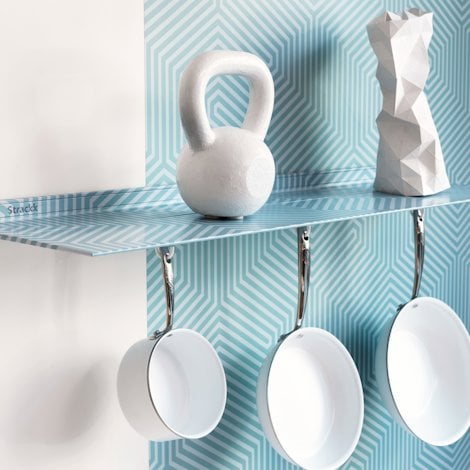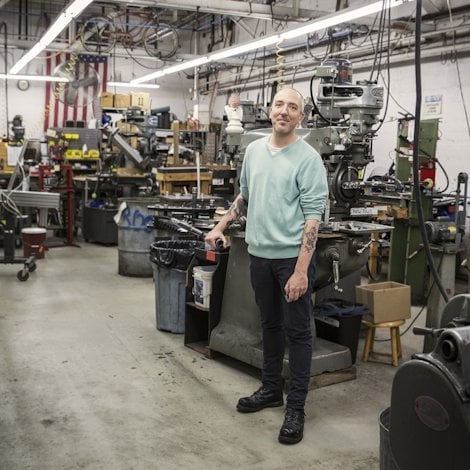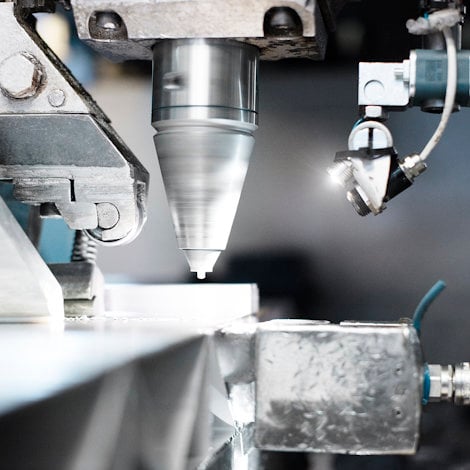Is additive manufacturing the next big thing for aluminium?
Additive manufacturing is said to be the next revolution in materials technology. Is that a dream or reality? What is additive manufacturing and how will it influence on design and the traditional aluminium value chain?
Additive manufacturing, often referred to as 3D-printing, covers a variety of processes in which material is joined or solidified under computer control to create a three-dimensional object, with material being added together layer by layer.
The most common technique is to distribute powder on a surface, melt the powder locally by an energy source like a laser, cool to let the melted powder grains solidify, and then remove the excess or unused powder.
When repeating this process over and over again, and controlling the melting to selected local areas, a three-dimensional geometry is constructed. The main advantage is that you can construct quite complex geometries. The disadvantages are speed, geometrical precision, and the limitations on alloys and the mechanical properties that can be obtained.
Additive manufacturing more challenging with metals
3D-printing started and is still primarily done with plastics, due to the low melting point. Metals are more challenging due to their higher melting points and, thereby, higher amount of energy needed. 3D-printing for metals is either done with powder or by melting wire rod.
Today, most 3D-printing of metals is done with titanium and very hard and expensive steel types like Inconel, for processes that typically involve small volumes, complex geometries and shapes that would otherwise require a lot of machining – and a lot of expensive waste that is not always easy to recycle.
Examples are titanium components for aerospace or steel dies for applications that need tailored geometries. And for cars? Sure, there are some examples. You could justify the high cost of an innovative car part made with additive manufacturing if it reduces the total system cost.
Cost development key for additive manufacturing
Will we see more additive manufacturing with aluminium? This is going to depend on cost development going forward, with machine cost as the main factor. I do see machine costs decreasing in line with increasing production volumes, with the expiration of related patents, with players from China entering the market, and with new technology.
Furthermore, machine costs will indirectly be reduced by higher build rates. These can be obtained by increasing the number of lasers in each machine, smarter distribution of powder, optimizing the thickness of powder, and automatization.
Yes, current technologies have a physical limitation related to the transfer of energy in/out of the material, but "disruptive" concepts currently under development could go around these limitations and enable radical increases in build rates, e.g. by building in many spots simultaneously or by decoupling the building step and the fusing step.
Additive manufacturing vs. extrusion or rolling processes
Producing powder with uniform properties is costly and it also involves safety risks like explosions. In addition, the slow and tedious process of additive manufacturing itself makes it difficult for 3D-printing to compete against more efficient processes like extrusion and rolling. However, it might be possible for cast components.
At this point in time, I believe additive manufacturing will be used mainly for prototyping, spare parts and small series production where customization is desired, as well as for adding features on standard products like sheets and profiles.
But as I said, everything will depend on cost development.

